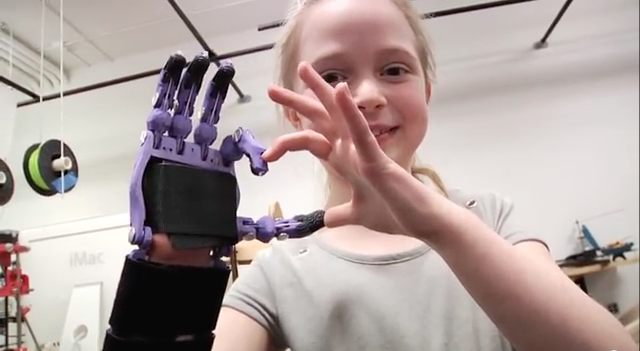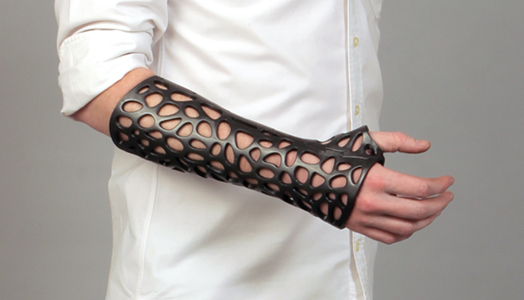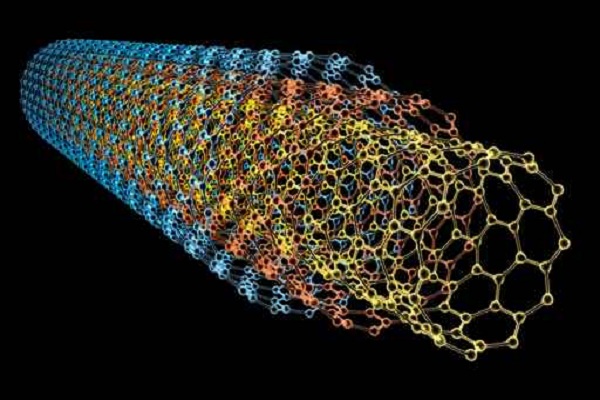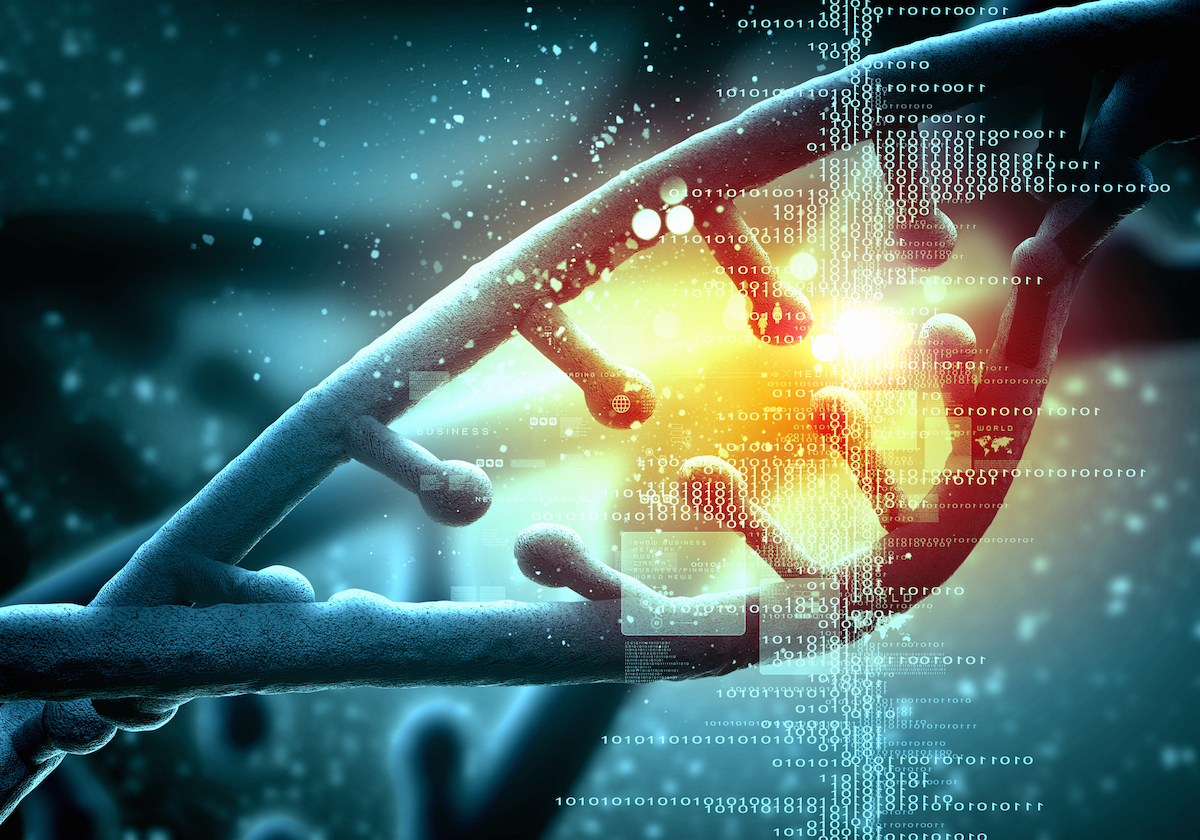10 inventions & discoveries looking to change the world
From turning sewage into water to the development of the hoverboard. What have we got to look forward to?

The pace of innovation in the tech world has been supersonic over the last decade. Going into 2015, there are a multitude of ideas that have the potential to improve the way we interact with our environment, communicate, travel, treat disease and use energy.
We take a look at 10 projects and burgeoning ideas that have the potential to change the world over the next 10 years.
1) OmniProcessor (ETA - Trial starting in 2015)
Bill Gates participated in a demonstration to show off the OmniProcessor' earlier this week. Funded by his charitable foundation, the prototype is able to turn sewage into clean drinking water while generating surplus electricity.
Built by Janicki Bioenergy, the OmniProcessor is designed to bring safe and affordable drinking water to developing countries, where traditional methods of sanitation aren't feasible.
A pilot project is scheduled to go ahead later this year in Dakar, Senegal, to determine how best to implement the technology in the developing world.
If successful, the OmniProcessor has the potential to help over 2 billion people worldwide who do not have access to sanitation.
Get the ITPro daily newsletter
Sign up today and you will receive a free copy of our Future Focus 2025 report - the leading guidance on AI, cybersecurity and other IT challenges as per 700+ senior executives
------------------------------------------------------------------------------------------
2) Solar roadways (ETA - Dependant on US contract outcome)
We'd explain this project in words, but they would never live up to the awesomeness of this video...
------------------------------------------------------------------------------------------
3) Nuclear Fusion - (ETA - Prototype expected by 2020)
Humans have tried to harness nuclear power for the last half century but it has proved problematic. Not only has the technology been weaponised but catastrophic reactor meltdowns in Chernobyl and Fukushima have caused devastation.
Global security and aerospace firm Lockheed Martin claims to have made a breakthrough with Nuclear Fusion, which it claims will help to provide the world with safe and clean energy.
How does it work? Fusion creates energy by heating up a gas and separating ions and electrons. When the ions get hot enough (we're talking hundreds of millions of degrees), they overcome mutual repulsion and collide, fusing together. This releases massive amounts of energy about one million times more than a chemical reaction and is 3-4 times more powerful than a fission reaction where atoms are split.
The firm claims it can get to a working prototype in five years (2020). The aim is to create Nuclear Fusion reactors the size of a truck, which can be used to power existing fossil fuel power stations. The question is - will we ever really trust nuclear power?
------------------------------------------------------------------------------------------
4) 3D printing - (ETA - Now)
One of the few technologies on the list being used at present is 3D printing. There are already countless examples of how the technology is benefitting people worldwide. So far we've seen 3D printers being used to create mechanical bodyparts....


replace traditional casts

and even build houses...
As the technology becomes widespread and the cost of entry is lowered for consumers and businesses, 3D printing will only become more useful.
------------------------------------------------------------------------------------------
5) Driverless cars (ETA - Part-autonomous expected by 2020)
All the major car manufacturers are racing to develop vehicles and Google has also got in on the act, arguably making this the most hyped technology on the list.
Driving automation is expected to take place in stages, with AI already being used to take limited control on highways and help with parking.

The key to the success of fully automated cars is going to be in the implementation of vehicle-to-vehicle (V2V) technology. This is fundamental as cars will need to detect each other regardless of make and model. Other barriers needing to be overcome include the ability for AI to adapt to weather, unexpected humans on the roadside, changes in the road layout and even simple things like avoiding potholes.
------------------------------------------------------------------------------------------
6) Universal speech translation (ETA - 2015)
Microsoft has been beavering away on its real-time speech translator for over 10 years and it's finally available in beta form. The Skype Translator Preview is available to test out now and is currently capable of translating speech from English to Spanish and vice-versa.
It is expected to be rolled out later this year and translate 40+ languages in real-time during video calls. This is likely to change the nature of business deals and help to create a global marketplace.

------------------------------------------------------------------------------------------
7) Wearables (ETA - R&D phase)
This is more of a category, rather than a standalone technology, but we're not talking about the fitness bands that all the technology manufacturers are trying to get users to start wearing.
The wearables we're talking about include technology to enhance the human body. We've already seen the creation of exoskeletons, which can help paralysed people regain the ability to walk or increase the strength of those who need to carry out heavy lifting.
Motorola is working on temporary digital tattoos, which could be used for authentication purposes. Meanwhile, Google is pouring money into research for a "smart contact lens", designed to monitor conditions such as diabetes.
The prominence of neural implants is also expected to rise over the next 50 years. So far, doctors have been able to restore hearing with cochlear implants and sight with retina implants. The US military is now testing ways to replace memory function that has been lost - and once this has been proven to work - it is likely to make its way into the mainstream.
A Matrix-like future could be on the horizon, where you can learn activities by "downloading" them.
------------------------------------------------------------------------------------------
8) Graphene (ETA - R&D phase)
The one-atom thick substance may have been produced in 2003, but more than a decade later, scientists continue to discover new properties the material is capable of.
The durable, flexible, thin and lightweight characteristics of Graphene make it ideal for use in a variety of industries from electronics to medical. Most recently, scientists made a breakthrough whereby they discovered the material has potential to be used to create hydrogen fuel cells.

------------------------------------------------------------------------------------------
9) Personalised medicine (ETA - R&D with limited rollout)
The ability to identify mutated genes and the type of mutation is going to be crucial in the battle against diseases as it helps doctors to tailor medication. This is particularly beneficial for diseases like Alzheimers, and Parkinsons, for which there are currently no cures.
With the vast amounts of processing power now available, the personalisation of medicine is slowly becoming a reality as doctors and scientists are able to map the human genome. The cost of mapping individual genomes has gone from $100 million in 2001 to below $10,000 in 2014 and as the price is driven down, more people are going to be able to benefit from it.

In the UK, the NHS is looking to focus on personalised care going forward. Simon Stevens, CEO of NHS England, summed up the benefits gene therapy will bring to patients.
"From carpet-bombing to precision targeting. From one-size-fits many [treatments], to one-size-fits-one," he told attendees at the NHS Confederation Annual Conference in 2014.
------------------------------------------------------------------------------------------
10) Hoverboard (ETA - October 2015)
Any talk about future technology would not be complete without a reference to Back to the Future. It is 2015 after all.
The Hendo Hoverboard started off life as a Kickstarter project and is due to be released on 21 October 2015. It is capable of hovering off the ground once someone is on-board.
On the bottom of the board there are four disc-shaped hover engines, providing lift by creating opposing magnetic fields in the surface substrate. And there lies the catch. The board only works on specially designed metallic surfaces, the battery only lasts a few minutes due to the energy needed and it's pretty noisy.
It's not cheap either, with the first batch of 10 hoverboards costing $10,000 a piece. Hendo also plans to make a hoverpark' where budding Marty McFly's can take a board for a spin.
-
 Cleo attack victim list grows as Hertz confirms customer data stolen
Cleo attack victim list grows as Hertz confirms customer data stolenNews Hertz has confirmed it suffered a data breach as a result of the Cleo zero-day vulnerability in late 2024, with the car rental giant warning that customer data was stolen.
By Ross Kelly
-
 Lateral moves in tech: Why leaders should support employee mobility
Lateral moves in tech: Why leaders should support employee mobilityIn-depth Encouraging staff to switch roles can have long-term benefits for skills in the tech sector
By Keri Allan
-
 Predicts 2024: Sustainability reshapes IT sourcing and procurement
Predicts 2024: Sustainability reshapes IT sourcing and procurementwhitepaper Take the following actions to realize environmental sustainability
By ITPro
-
 Advance sustainability and energy efficiency in the era of GenAI
Advance sustainability and energy efficiency in the era of GenAIwhitepaper Take a future-ready approach with Dell Technologies and Intel
By ITPro
-
 2024 State of procurement report
2024 State of procurement reportWhitepaper The trends shaping the future of business buying
By ITPro
-
 Digital optimisation paves the way to strategic supplier management
Digital optimisation paves the way to strategic supplier managementWhitepaper Procurement’s role as a strategic driver
By ITPro
-
 Bringing order to the file management chaos plaguing AEC firms
Bringing order to the file management chaos plaguing AEC firmswhitepaper How a cloud-based solution, supported by edge technology, helps architecture, engineering, and construction firms boost performance and cut costs
By ITPro
-
 File data services to support modern manufacturing
File data services to support modern manufacturingwhitepaper Smart file data services deliver resilience and intelligence to the modern manufacturing organization
By ITPro
-
 Innovation in product development
Innovation in product developmentwhitepaper The latest data on how successful product development teams collaborate to build the future
By ITPro
-
 The small and medium business guide to buying
The small and medium business guide to buyingWhitepaper Optimising purchasing to save in 2024
By ITPro